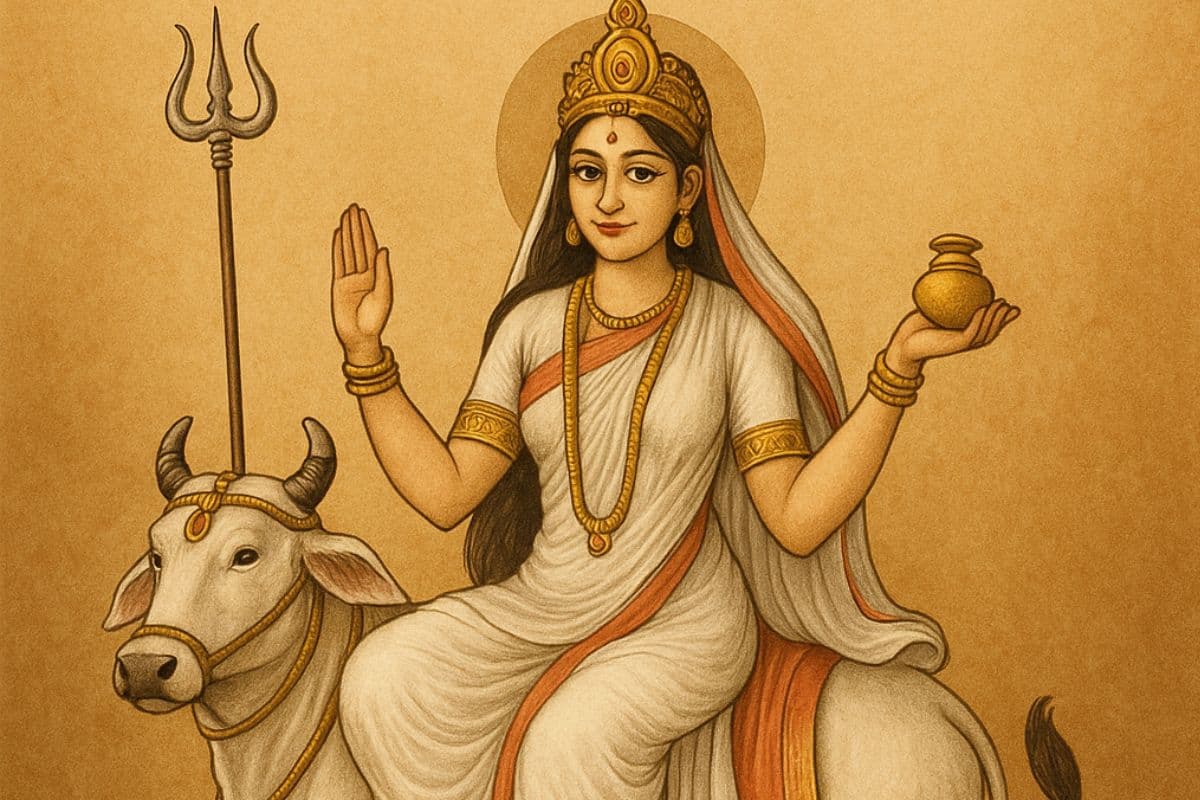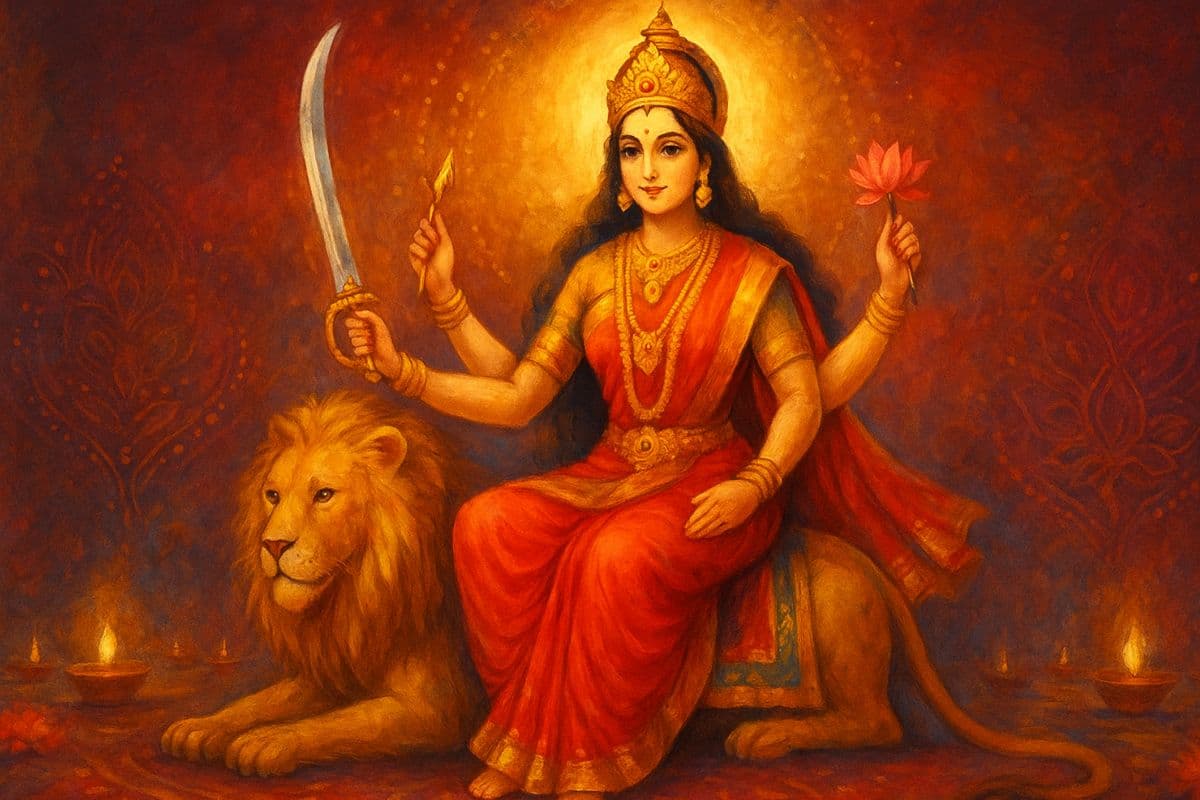How Nag Panchami can transform your fortune (step-by-step guide)

Discover the simple rituals of Nag Panchami for luck in 2025
In August, when the rains soften the earth and the smell of wet soil lingers in the air, India celebrates Nag Panchami. For some, it is a day of prayer. For others, it is a day to begin again without fear holding them back. This year, Nag Panchami falls on August 13, during the Panchami Tithi of Bhadrapada Shukla Paksha. Across villages and cities, you might see people carrying milk, flowers, and incense to offer to the serpent deity. In temples and before anthills, you might spot families bowing their heads, seeking protection and peace.
But why are snakes worshipped?
In Hinduism, snakes are more than creatures of the soil. They are considered to be guardians of the underworld, symbols of power, and ornaments of the gods. Lord Shiva wears a serpent around his neck, and Lord Vishnu reclines on Sheshnag, the thousand-headed serpent. Even the Mahabharata tells the story of Maharishi Astika, who stopped King Janamejaya from sacrificing snakes in a great yagna. His courage saved their species, and the day became one of thanksgiving and reverence. For farmers, snakes are protectors of the land. They are their silent allies who keep pests away from crops. And for households, snakes are guardians, bringing protection, prosperity, and blessings to the home.
The astrological aspect
In astrology, snakes are linked to the shadow planets Rahu and Ketu. When these planets are unsettled in a birth chart, they can bring delays, sudden obstacles, and restless nights. Offering prayers on Nag Panchami is believed to calm these energies. The day is especially powerful for those with Kalsarp Dosh, a placement thought to create repeated setbacks in life. Even a simple puja performed on this day is said to subdue its effects.
What you can gain from celebrating Nag Panchami
-
Relief from Kalsarp Dosh and other planetary troubles
-
Protection from fears, accidents, and bad dreams
-
Peace in the household and happiness of children
-
Blessings for food, harvests, and prosperity
-
A stronger spiritual link to divine power
A step-by-step guide to the Nag Panchami rituals
1. Begin with purity: Rise early, bathe, and clean your home. If possible, add a few drops of Ganga jal to your bathwater to make it pure.
2. Prepare the offerings: Milk, turmeric, sandalwood paste, flowers, and sweets are traditional. You may also cook a simple meal to offer as prasad.
3. Place the deity: If you cannot go to a temple, keep an image or idol of the serpent deity at home. In rural areas, prayers are often made before a snake mound.
4. Chant with devotion: Recite Om Sarpa Devaya Namah slowly and with focus. You can also chant Rahu and Ketu mantras.
5. Offer milk and flowers: Pour milk over the idol or mound and place flowers, accompanied by silent prayers for peace, safety, and prosperity.
6. Give in charity: Offering food, clothing, or money to those in need is believed to multiply blessings.
Life sometimes gets in the way. If you cannot perform the puja on Nag Panchami, there are other days in Shravana or Bhadrapada that hold similar power. You can always ask Agastyaa on Astrosure.ai to help you find the right date.
Nag Panchami in 2025: Old wisdom, new ways
Today, people still keep the heart of the tradition but fit it to modern life. Some perform the rituals at home, some visit temples, and others arrange for priests to conduct a Rahu–Ketu shanti online. But the essence remains the same: gratitude, protection, and balance. Nag Panchami is a moment to pause, honour the world around you, and open the door to change. It can be the turning point where you choose peace over fear and invite fortune to walk beside you.
Ask Agastyaa. Let AstroSure.ai guide you in unlocking Nag Panchami’s blessings, one sacred ritual at a time.



